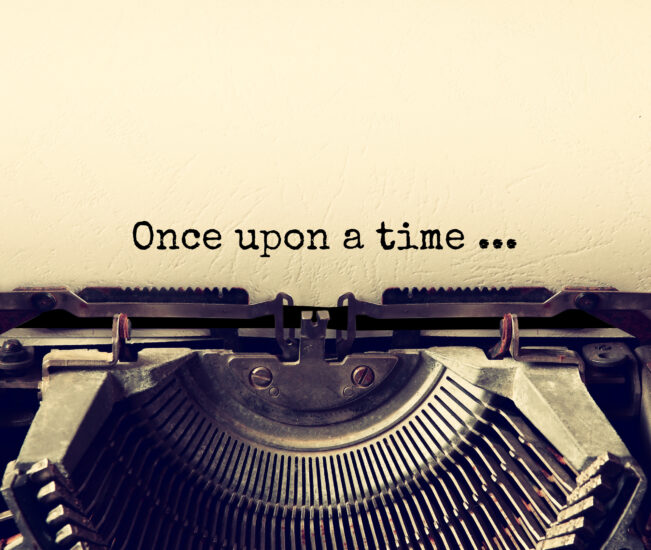 Shutterstock / vectorplus©
Shutterstock / vectorplus©Every year, Editor, Angela and I read hundreds of stories, with a view to future publication in the “Friend”.
Recently, we were discussing stories presently under consideration, and the importance of each story having a conclusive ending.
“The End”
“Friend” stories need to have a clear beginning, middle, and ending, to help the reader navigate the text and allow the story to flow.
It’s a starting point, and a framework to ‘hang’ your story on.
When we were little and had stories read to us, the words “The End” meant that the story was over, completely finished, and we closed the book.
So your story’s ending should have the same finality about it.
Tie Up Any Loose Ends
So, how should your story end?
Any loose ends should be tied up, unless you want one element of the story to retain an aura of mystery!
Conventional ‘happy endings’ are welcome; if that’s not suitable, the reader should still be left feeling better for reading your story.
There should be no doubt about how the story resolves.
The Resolution Should Be Conclusive
For “People’s Friend” stories – keep the ending upbeat, positive, hopeful.
Remember that the “Friend” is often bedtime reading, so scary or distressing endings are not appropriate.
A ‘twist’ is fine, as long as the reader doesn’t feel misled or deceived.
Make sure the ending makes sense in the context of the complete story.
How Do Your Favourite Stories End?
Be careful that the story doesn’t just ‘peter out’ or fade away – keep the writing punchy until the last line!
Think about your own favourite novels, and how they end. What works well, or is memorable?
As always, when writing, planning, or ending a “Friend” story, the trick is to keep your reader in mind.
Give your story time to ‘settle’ before submitting, and check the ending makes sense.




